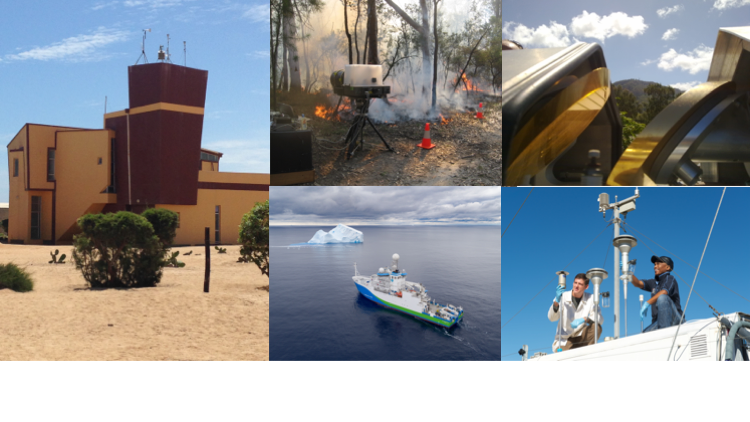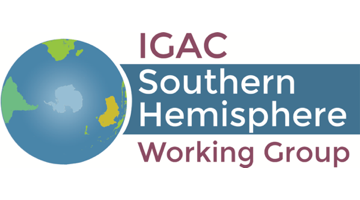Southern Hemisphere Working Group
Established in 2018, the Southern Hemisphere working group was founded in order to:
- Provide a forum for scientists to discuss particular challenges in understanding the Southern Hemisphere atmosphere &
- To foster stronger collaborations between Southern Hemisphere research groups.
Current Activities:
- Monthly video conferences
- Working on a positioning paper reviewing science challenges in understanding the changing atmosphere of the Southern Hemisphere
- Collating a bibliography of published papers on the Southern Hemisphere atmosphere (see https://www.zotero.org/groups/2185852/sh_atmoschem_library).
To join the emailing list, please send a message (contents not important) to
igac-southern-hemisphere-working-group+subscribe@googlegroups.com

What’s happening?
IGAC2021 Atmospheric Chemistry From a Distance: Real Progress through Virtual Interaction
More information here.
Recent Meeting Notes
22nd Southern Hemisphere Meeting
21st Southern Hemisphere Meeting
20th Southern Hemisphere Meeting
19th Southern Hemisphere Meeting
18th Southern Hemisphere Meeting
17th Southern Hemisphere Meeting
16th Southern Hemisphere Meeting
15th Southern Hemisphere Meeting
13th Southern Hemisphere Meeting
12th Southern Hemisphere Meeting
11th Southern Hemisphere Meeting
9th Southern Hemisphere Meeting
8th Southern Hemisphere Meeting
6th Southern Hemisphere Meeting
